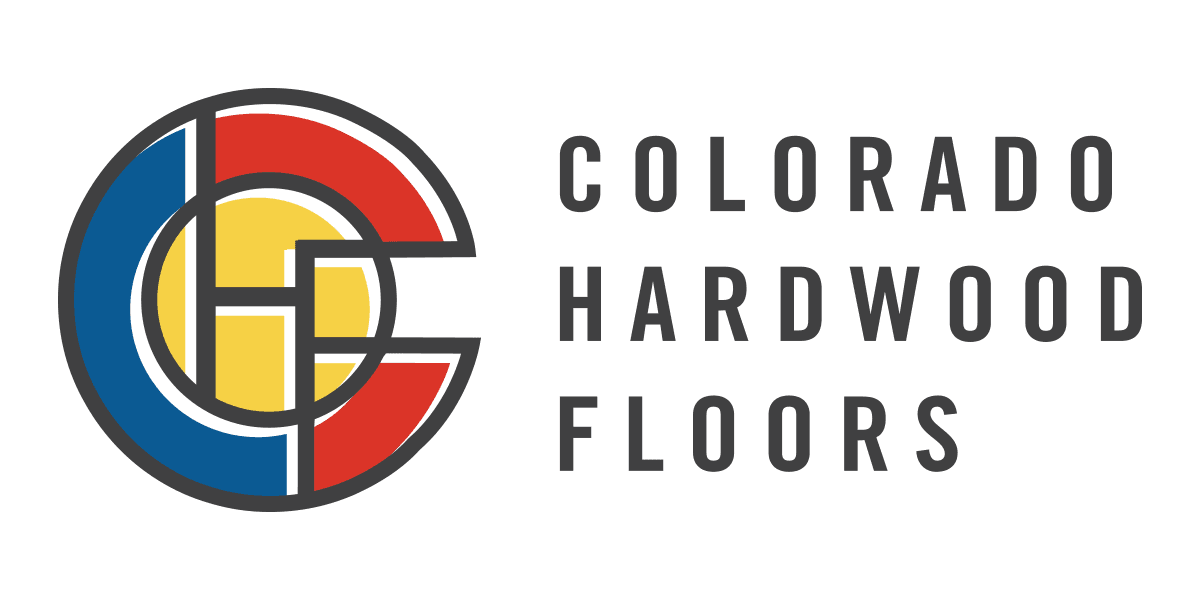There are several domestic hardwoods in the United States that are very popular. Hickory and oak are very popular for many customers for many reasons. Some of them who are looking for an exotic wood often look to Brazil and other parts of South America. However, Australia has begun to export more wood to the United States and has been growing in popularity for many homeowners. The reason is that Australian hardwoods tend to be very unique in the United States. If you’re looking for a very distinctive hardwood floor, you would need to look somewhere other than Brazil and South America. Blackbutt is an example of the kind of wood that has grown in popularity.
What Is Blackbutt Hardwood?
Blackbutt is an Australian hardwood that is named for its appearance after a bush fire. After the fire, the buttress is often blackened. Thus, the tree is known as blackbutt. Blackbutt ranks at 2045 on the Janka hardness scale. That means it is harder than most domestic hardwoods but not as hard as some of the very rare South American hardwoods. It is a very durable and strong wood, but it is easy to work with. That makes it a great choice for use as flooring. The durability and strength are the functional reasons for choosing blackbutt.
There is also the aesthetic reason. Blackbutt is usually very light in color. The heartwood is a medium brown. The sapwood is a pale straw color. Due to its color and its composition, it holds stain very well. You can stain blackbutt practically any color you want. It can be stained anywhere from a very light honey color to a deep black.
The Grades
All blackbutt is popular, but standard grade is the most preferred grade at the moment. Australian wood grades are slightly different than the grades used in the United States. Blackbutt is typically ranked as natural grade, Australiana grade, standard grade, and classic grade. Classic grade is the highest grade of wood. It has very few natural features and very few variations. A classic grade board will likely be free of knots, burrs, tracks, and mineral deposits. Natural grade has the most inclusions. It has mineral streaks, insect marks, burrs, gum pockets, surface checking, and knots. This is what an American company might call rustic grade.
Australiana grade and standard grade are sometimes confused. They’re close to being the same thing. Both grades feature more natural features and inclusions than classic grade but are not as rustic as natural grade. Sometimes, a manufacturer might just mix natural grade and classic grade boards into the same batch to call it Australiana.
Questions about any type of new and exotic hardwood? Colorado Hardwood Floors is your Denver hardwood flooring specialist and is ready to help! Just give us a call!
